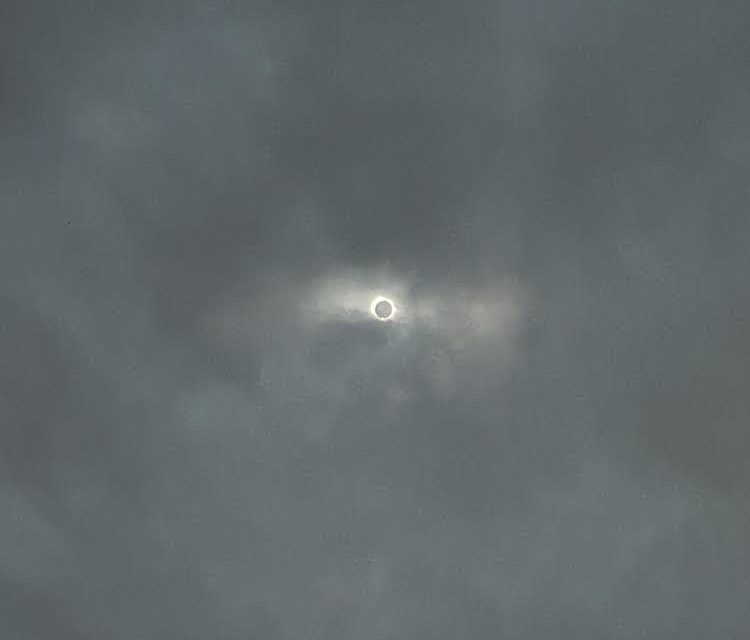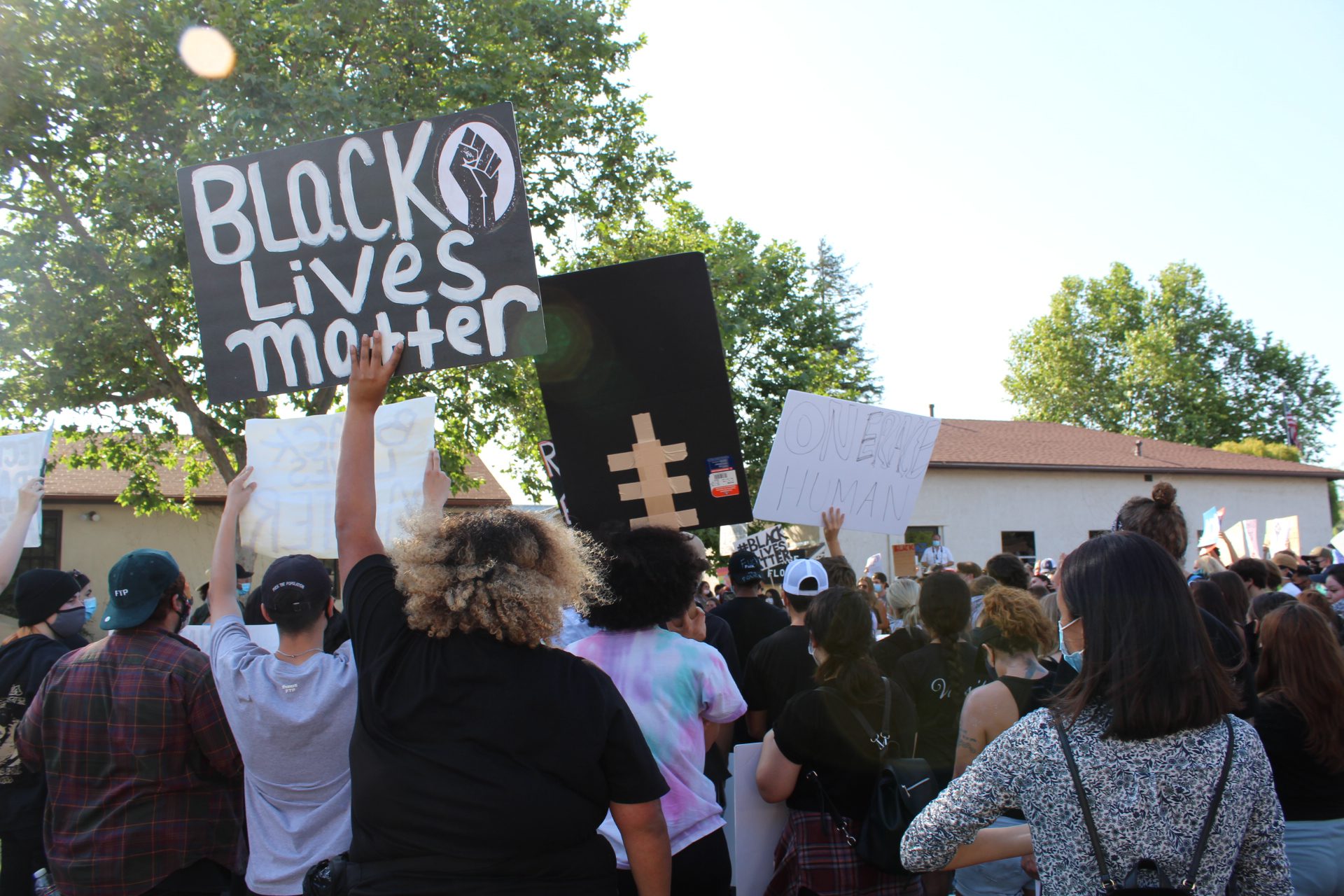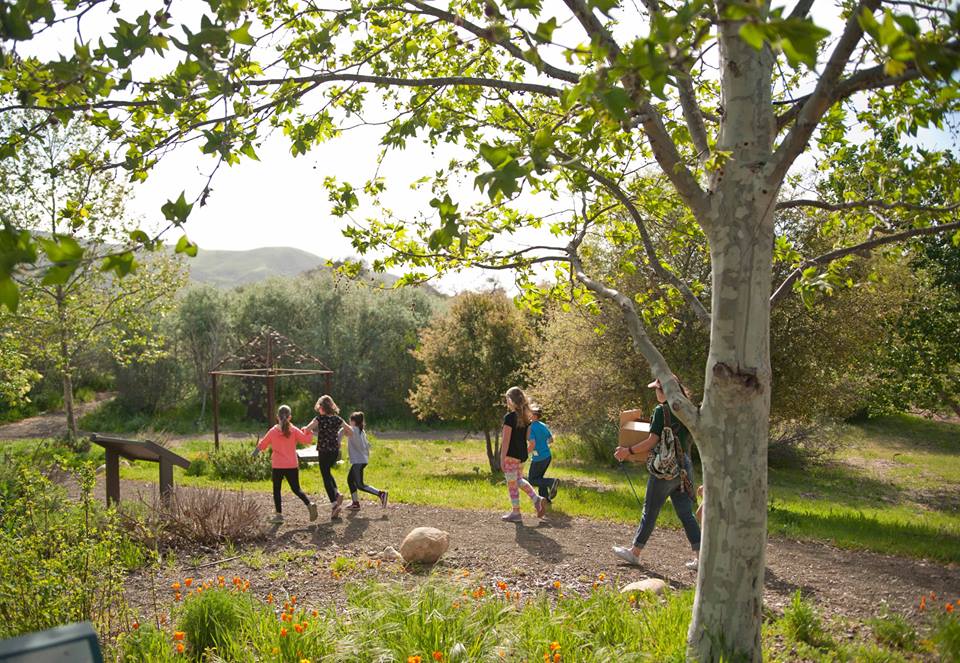Author shares her experience viewing the solar eclipse from western New York
By Judy Abel
Special to the Santa Ynez Valley Star
Seeing a total solar eclipse is a phenomenon for the ages. For many, viewing this celestial event is a once in a lifetime experience. For others, a first viewing leads to a lifetime of eclipse chasing.
Planning to see an eclipse takes a little science and researching weather conditions, luck in finding accommodations, and patience. Honestly, once you have arrived at your destination for chasing an eclipse, it’s like waiting for the Great Pumpkin: Have you been a good boy or girl? Is your pumpkin patch sincere? And most importantly, will the weather hold clear skies?
After much effort and a little luck, I successfully saw the Great American Eclipse in 2017, alone with my son in a wide open field in Salem, Oregon. It was a spectacular sight to see my first total solar eclipse under perfect conditions.
For this week’s eclipse, I chose to chase it in Buffalo, New York, for no particular reason other than I had never visited Buffalo before and was curious about its fascinating history of opening American commerce to the Midwest in the early 1800s with the construction of the great Erie Canal.
The weather Sunday, April 7, was gorgeous, blue cloudless skies and in the 60s. The forecast for Buffalo on April 8 didn’t look promising with a prediction of clouds.
It seemed my fate and the hopes of 1 million visitors to Buffalo would be dashed by Monday morning under a thick layer of overcast.
Crowds began gathering at the lawn of the former Buffalo State Asylum for the Insane, reimagined into the new Richardson Hotel, a perfect location for viewing. The architecturally significant building is an imposing Romanesque tower and campus. The grounds were designed by Frederick Law Olmsted, best known for Manhattan’s Central Park.
As a live band played for an eclipse watching party folks lined up in eclipse finery including T-shirts and hats.
I wasn’t the only person from LA who came to Buffalo. Tiffany Begin from Cypress, California, wanted to view the eclipse in the path of totality which includes Buffalo. “We planned this trip in October,” Begin said as the crowd started cheering as the clouds parted.
The city of 273,000 residents was expected to swell to 1 million by April 8. I was turned away for dinner Sunday night at two separate restaurants because they literally ran out of food.
With cloudy skies on Monday, even a minute before the eclipse started, I was unsure if the weather would allow for even a glimpse.
While my last eclipse was special because it was just solely my son and myself, this was special due to the community feel. People of all backgrounds and ages united in awe and wonder each time the clouds parted revealing the gradually increasing eclipse. Snatches of blue sky elicited cheers from the friendly crowd all wishing each other a great experience.
As the moment of totality approached, the event’s loudspeakers switched from playing Bonnie Tyler’s “Total Eclipse of the Heart” to the Beatles’ “Here Comes The Sun” as the sky drew eerily dark and lamp posts lit up along with large windows of the former asylum.
Fortunately, Buffalo had over three minutes of totality allowing the assembled crowd to witness the corona of the sun peeking out from the sides of the moon’s blockage. We witnessed solar rays without the need of eclipse glasses.
With the path of totality stretching across North America from Mexico over 15 states and into Canada, my family members near Austin, Texas, were able to view totality before New York. Austin, also cloudy, got lucky as Buffalo did with clouds parting as if on cue.
Buffalo public schools were closed Monday so parents could supervise their children’s viewing while hopefully using eye-protective lenses.
Buffalo native Carol Pasek took in the spectacle of the day with humor, saying, “The best part about looking up at the eclipse for a person of age is we have no double chin.”
For anyone interested in seeing an eclipse, it’s worth noting that outside the band of totality, you will only catch a partial eclipse and, of course, weather depending, you may not see it at all.
Jeff Goldberg of Pasadena, California, said, “Wow! We just all saw it and the clouds moved away for us. Unbelievable! I would have to say that the difference between 99.9 and totality is literally the difference between night and day.”
As the crowd dispersed in search of Buffalo chicken wings and roast beef on weck, Buffalo specialties, some were heard to remark that they needed to start travel plans for the next eclipse.
The next eclipse will be in parts of Europe, including Spain and Iceland in 2026. For those staying closer to home, the next coast-to-coast U.S. total eclipse will be in August 2045.
Feature Image: People gather on the lawn by the Richardson Hotel in Buffalo, New York, to view the total solar eclipse on Monday, April 8. Photo by Nina Skriloff






